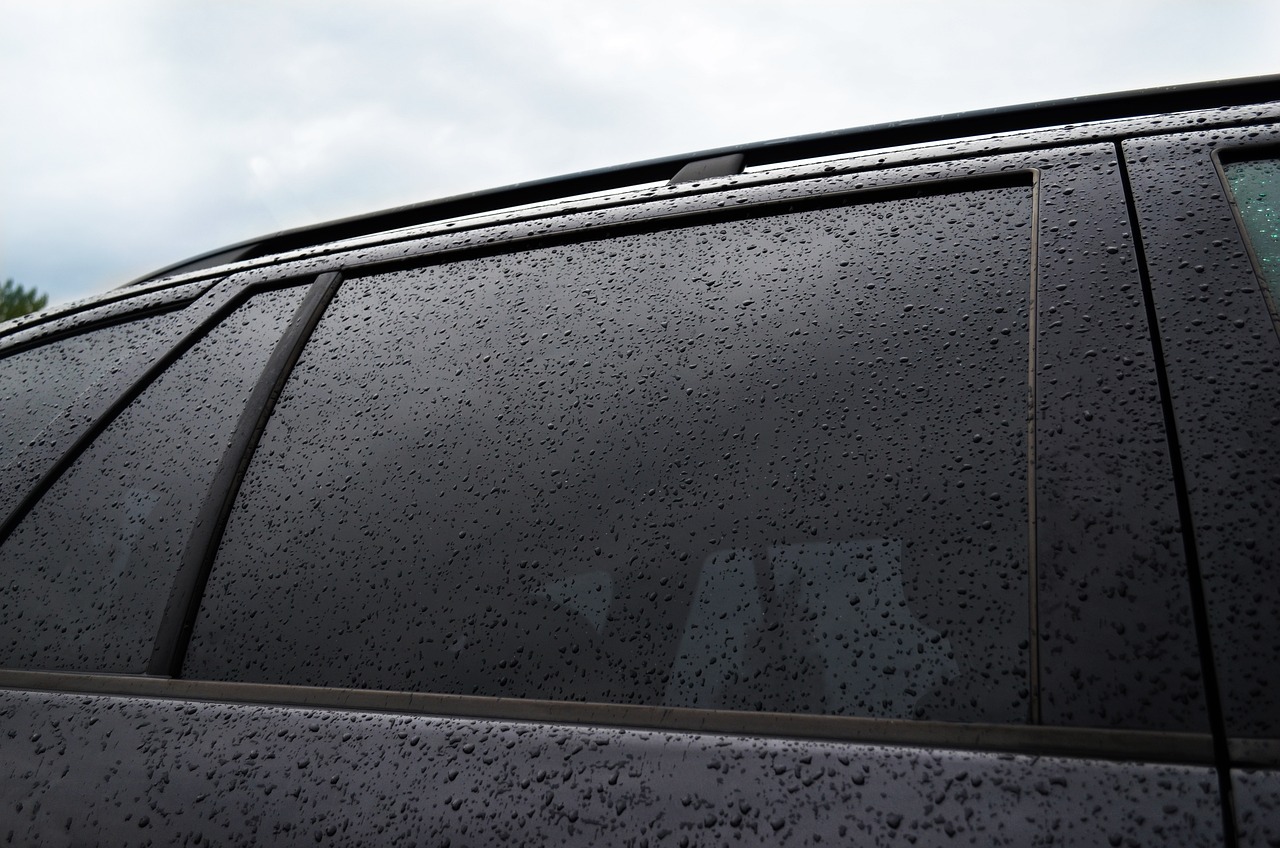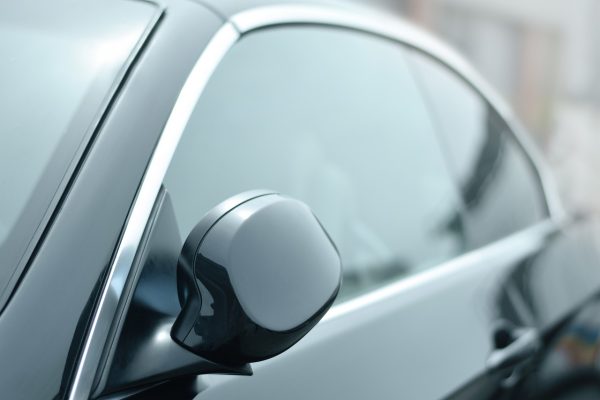
Removing Tint from Car Windows
Car window tint can enhance the look of your vehicle, block harmful UV rays, and reduce interior heat. However, over time, tint can become damaged, peeling, bubbling, or fading. This not only affects your car’s appearance but can also pose safety concerns, especially when visibility is reduced.
Damaged tint often occurs due to prolonged exposure to sunlight, poor-quality installation, or simple wear and tear. Regardless of the cause, removing old or damaged tint is a practical step that can improve both the aesthetics and functionality of your car windows. It may also be necessary to comply with local tinting laws or prepare for a new tint installation.
Car window tinting gained popularity for its benefits, including reducing glare, providing privacy, and protecting interiors from sun damage. Over time, it also became a style choice, giving vehicles a sleek, modern appearance. When the tint begins to deteriorate, its drawbacks outweigh the benefits, making removal a necessary task.
Why Removing Car Window Tint Matters
Damaged tint doesn’t just look bad—it can become a safety hazard. When tint bubbles or peels, it distorts your view through the window. At night or in poor weather conditions, this can severely impact your ability to drive safely. Removing worn-out tint ensures clear visibility and restores your windows to their original state.
Learning how to remove tint from car windows can save money compared to professional services, and with the right tools, the process can be straightforward. Whether you’re tackling a small side window or a large rear windshield, understanding the methods involved can help you achieve a clean, polished result.
Tools You Might Need to Remove Window Tint
To remove tint effectively, you’ll need a few basic tools:
- Heat Source: A hairdryer, heat gun, or fabric steamer can help loosen the adhesive.
- Scraper: Razor blades or plastic scrapers aid in peeling off tint layers. Use plastic tools to avoid scratching glass.
- Cleaning Supplies: Ammonia-based cleaner, soapy water, or rubbing alcohol helps remove residue.
- Microfiber Cloths: For cleaning and polishing windows.
Choosing the right tools depends on the size and type of your car’s windows. Heat guns are faster for larger surfaces but require careful handling, while fabric steamers are gentler and great for curved windows.

Methods for Removing Tint from Car Windows
There are two main techniques for removing car window tint: the heat method and the steam method. Both are effective but offer distinct advantages depending on your situation.
Heat Method
This method uses a heat gun or hairdryer to soften the adhesive:
- Heat the edges of the tint in circular motions for 30 seconds to a minute.
- Use a razor blade or your fingernail to lift a corner and peel back the tint slowly.
- Spray an ammonia-based cleaner on any adhesive residue and scrape it off gently.
The heat method works well for smaller windows but requires precision to avoid overheating and damaging the glass.
Steam Method
The steam method is ideal for larger windows or delicate areas:
- Direct steam at the window to loosen the tint adhesive evenly.
- Once the adhesive softens, peel the tint back carefully.
- Clean remaining residue using an ammonia-based cleaner or rubbing alcohol.
Steam is gentler on glass and minimizes the risk of scratches, making it a favorite among professionals.
Special Considerations for Different Cars
Removing tint from car windows can vary based on the vehicle type:
- Sedans and Coupes: Smaller windows are easier to manage with the heat method.
- SUVs and Trucks: Larger windows often benefit from the even heating of the steam method.
- Luxury or Vintage Cars: Use steam to avoid damaging delicate glass or seals.
- Rear Windshields with Defrosters: Avoid scraping defroster lines; opt for the steam method to preserve functionality.
Tips for Successful Tint Removal
- Work Slowly: Rushing can cause tearing, leaving small pieces of tint behind.
- Ventilate: If using ammonia-based cleaners, work in a well-ventilated area to avoid inhaling fumes.
- Protect Surroundings: Use towels to catch drips and avoid water damage to your car’s interior.
What Is the Best Cleaner For Window Tint Removal?
The most effective cleaners for window tint removal include:
- Ammonia-based cleaners: These break down adhesive quickly and efficiently.
- DIY alternatives: A mix of vinegar and water works for mild adhesive residue.
- For stubborn spots, specialized adhesive removers can save time and effort.

How Difficult Is Removing Tint from Car Windows?
Removing window tint can range from easy to challenging, depending on the condition of the tint and the adhesive used. Older, peeling tint or adhesive residue may require more effort, but with the right tools and methods, the process is manageable for most DIY enthusiasts.
Does Wd-40 Remove Car Window Tint Glue?
Yes, WD-40 can help loosen tint glue. After peeling off the tint, spray WD-40 on the adhesive residue, let it sit for a few minutes, and then gently scrape or wipe it off with a microfiber cloth. While effective, it may require additional cleaning to remove the oily residue WD-40 leaves behind.
How To Remove Window Tint Without Heat In A Car?
To remove window tint without heat, you can use an ammonia-based cleaner or soapy water to soften the adhesive:
- Spray the solution generously on the tint and cover it with plastic wrap to trap moisture.
- Let it sit for about 30 minutes to loosen the adhesive.
- Peel the tint carefully and clean off any residue with more solution and a plastic scraper.
Can You Use A Hair Dryer To Remove Window Tint?
Yes, a hair dryer can effectively remove window tint. Use it to heat the tint, focusing on one section at a time. The heat softens the adhesive, making it easier to peel off the film. While not as powerful as a heat gun, a hair dryer is a safer option for delicate windows.
What Is The Best Product For Removing Tint from Car Windows?
Ammonia-based glass cleaners are among the best products for breaking down tint adhesive. Alternatively, rubbing alcohol, vinegar, or specialized adhesive removers can also work well. Pair these with a heat source for faster results.
How Long Does It Take To Remove Tint From Car Windows?
The time required depends on the size and condition of the windows:
- Smaller windows may take 10–15 minutes each.
- Larger windows, such as rear windshields, can take 20–40 minutes.
First-timers may need extra time to learn the techniques.
How Do Professionals Remove Tint from Car Windows?
Professionals typically use steamers to loosen the adhesive evenly without damaging the glass. Steam is especially effective for large or curved windows. After peeling the tint, they clean any residue with ammonia-based cleaners or specialized adhesive removers, ensuring a streak-free finish.
Can I Use Windex to Remove Car Window Tint?
Not recommended. While Windex is great for cleaning glass, it lacks the adhesive-dissolving properties needed for tint removal. It’s better used after the tint is removed to clean up light residue.
Does Vinegar Remove Car Window Tint?
Vinegar is a safe, natural adhesive remover. While effective on light residue, it may struggle with tougher adhesive. For best results, pair vinegar with heat or steam to soften the adhesive before cleaning.
How Long Does It Take to Remove Window Tint?
Heat Method: Small windows can take 10-15 minutes, while larger ones may take 20-30 minutes.
Steam Method: Plan for 20-40 minutes per window, depending on the adhesive strength.
If it’s your first time, allow extra time for setup and learning the technique.
Will Rubbing Alcohol Damage Window Tint?
Rubbing alcohol is safe for removing leftover adhesive after the tint is peeled off. Use it sparingly to avoid oversaturating the glass or surrounding surfaces. Always test a small area first.
Can Adhesive Window Film Be Removed?
Yes, adhesive window film can be removed. Follow these steps:
- Apply heat (via a heat gun, hairdryer, or steamer) to soften the adhesive.
- Gently peel back the film, starting from one corner.
- Remove any sticky residue with an ammonia-based cleaner or rubbing alcohol.
Patience and the right tools are key!
What’s the Best Way to Remove Tint Residue?
A combination of heat and a cleaning agent works best:
- Apply steam or a heat gun briefly to soften the adhesive.
- Use an ammonia-based cleaner, rubbing alcohol, or vinegar solution to break down residue.
- Gently scrape with a plastic scraper or wipe with a microfiber cloth.
Can I reuse my tint after removal?
No, once window tint is removed, it can’t be reused. The adhesive used to stick the tint to the window gets damaged during the removal process, and the film itself may stretch or tear. Even if it looks fine, the tint won’t stick properly again. It’s best to get new tint to make sure it looks good and works well.
What should I do if my car has multiple layers of tint?
If your car has more than one layer of tint, you’ll need to remove each layer one by one. Start with the top layer, since it might be more damaged. After that, use heat or steam to soften the adhesive on the layers underneath. Be patient, as this can take more time. Be sure to clean any sticky residue between layers before moving to the next one to keep things neat.
What Happens After Tint Removal?
Once you’ve successfully removed the tint, cleaning your windows is essential. Spray them with a glass cleaner and wipe with a microfiber cloth to ensure a streak-free shine. If you’re planning to reapply tint, the cleaner the surface, the better the results.
Removing Tint from Car Windows
Learning how to remove tint from car windows is a practical skill that saves money and keeps your vehicle looking its best. While it may take some time and patience, the results are worth the effort. Whether you use the heat method or the steam method, having the right tools and knowledge ensures success. By restoring your windows to a clean, clear state, you enhance both the appearance and safety of your car.

